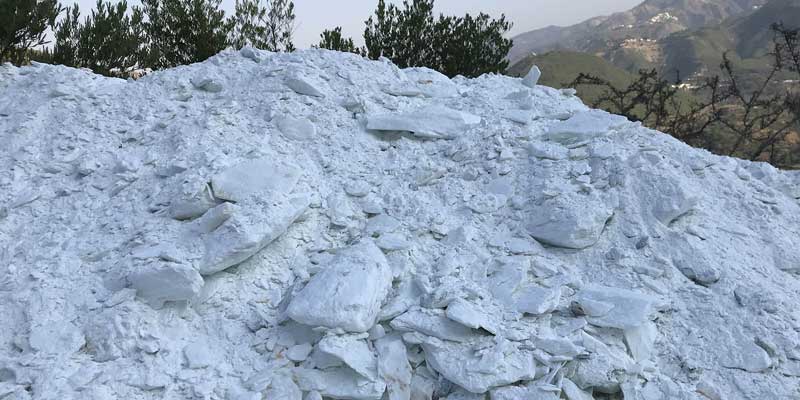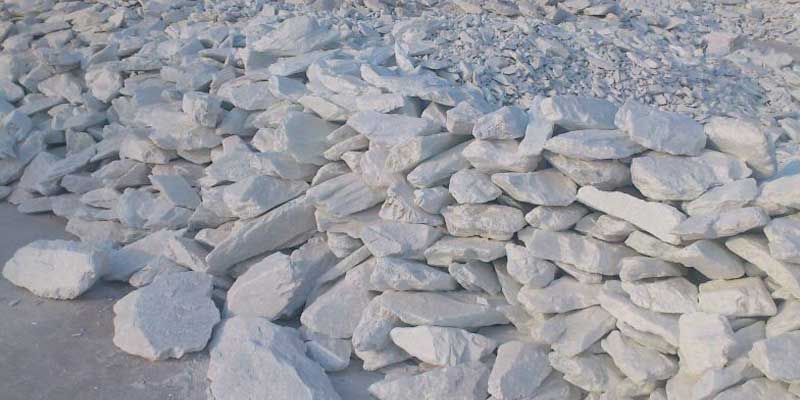Mineral Name: Talc, Soapstone (Mg3Si4O10(OH)2)
Chemical properties:
| Moh’s hardness | Cleavage | Occurs in | Color | Class | Chemical analysis |
|---|---|---|---|---|---|
| 1 | 1 plane | Very soft, greasy; cleavage may be hard to see because of fineness of particles; usually in metamorphic or altered igneous rocks. | Commonly white to pale green | Silicates | Talc can be identified by sequential X-ray florescence spectrometer |
Talc (Hydrous Mg Al-Silicate)/ Soapstone powder:
Talc forms by the alteration (e.g., metamorphism) of preexisting minerals such as olivine, and is the major ingredient in the rock soapstone.
Talc has property such as pearly luster, greasy feel and softness are distinctive..
Talc is odorless. It is insoluble in water and in weak acids and alkalis. Even though talc has a marked affinity for certain organic chemicals, it generally had very little chemical reactivity. It is neither explosive nor flammable.
Talc is a non-conductor of electricity. Therefore, it is used in the manufacture of high frequency electrical insulators.
Talc is having stability toward heating up to temperatures as high as 900° deg C. It has low thermal conductivity and high resistance to thermal shock.
Talc’s Melting point is at 1500 ° C.
3 MgO.4SiO2.H2O (Talc) —-> 3 MgSiO3 (enstatite) + SiO2 + H2O (cristobalite)
Talc uses:
Talc is a multipurpose mineral used in many industrial applications due to primarily due to its unique surface chemistry and lamellar crystal habit. Cosmetics, pharmaceuticals, paints, polymers, Ceramics and paper are a few examples of industrial segments where the interfacial interactions between the talc’s surface and its environment dictate the vital performance of the minerals. Talc is soft enough for use even on a baby’s powder.
We offer wide variety of Talc.
- Talc 5 Microns
- Talc 10 Micron
- Talc 700 Mesh
- Talc 500 Mesh
- Talc HB (Brightness > 98%)


